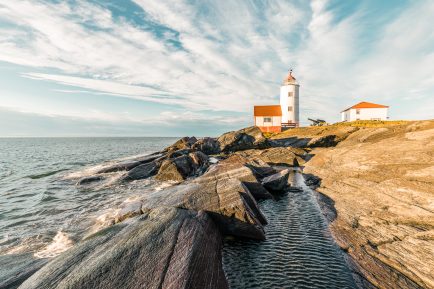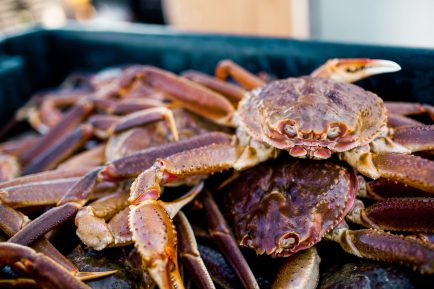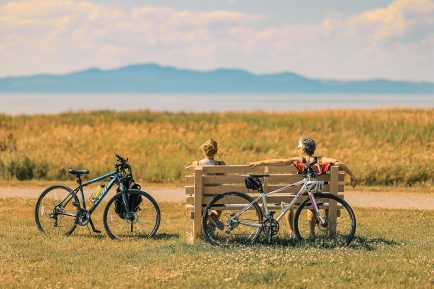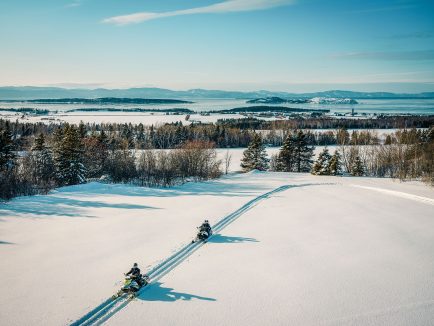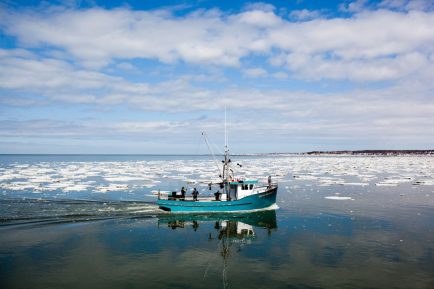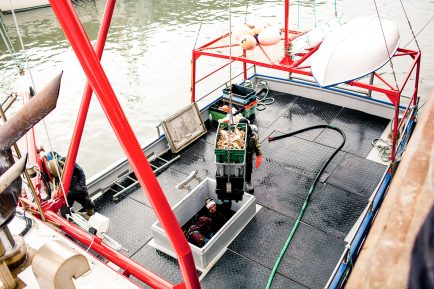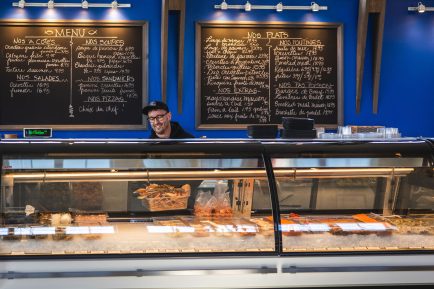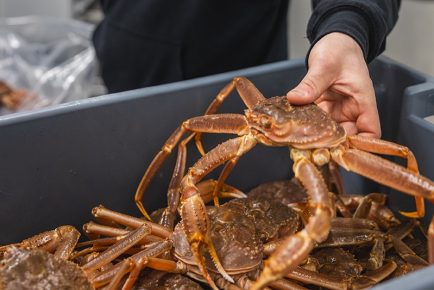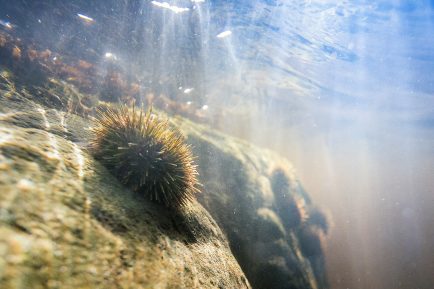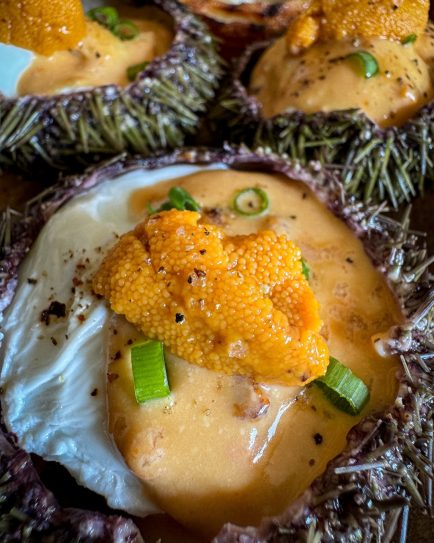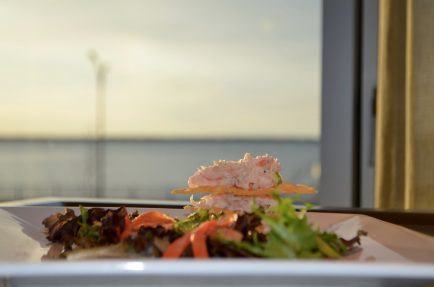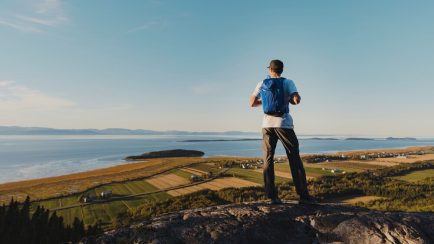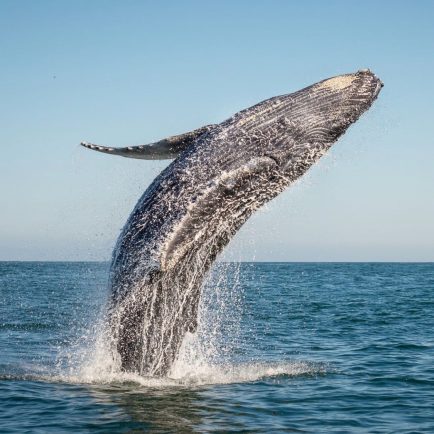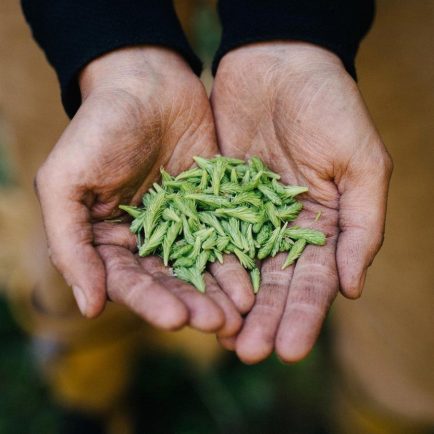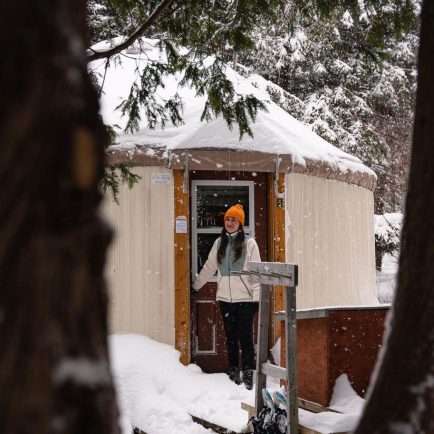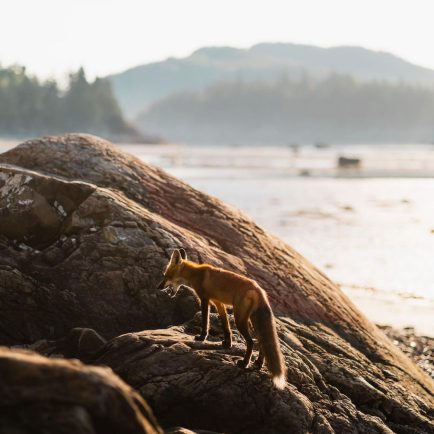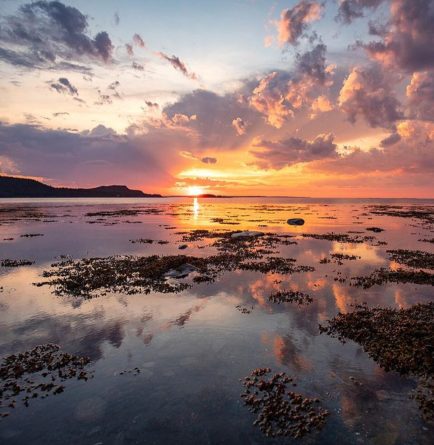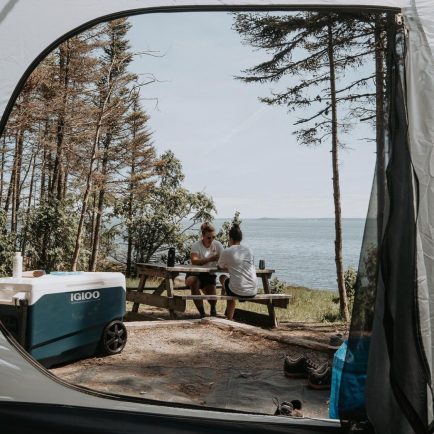My Favorites
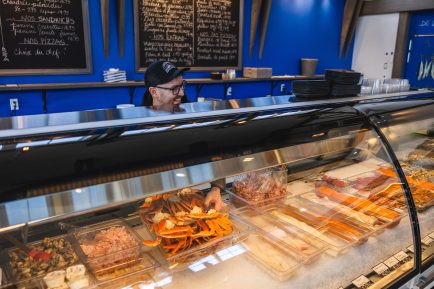
Save my crab!

Rédaction
Laura Martin, she shares her crushes and discoveries with us for our greatest happiness!
Do you have a crush on crab? Do you look forward to it every spring as a reward for surviving another long winter? Don’t take it for granted. According to the Mange ton Saint-Laurent! collective, there is cause for concern for your precious crustacean, which could become rarer in our river in the future.
Fortunately, there’s light on the surface of the estuary. We take a look at the situation with Gabriel Bourgault-Faucher, a member of the collective and a researcher in fisheries sociology and economics.
How are snow crabs doing in Bas-Saint-Laurent?
That’s a big question! The resource generally renews itself in cycles of 8 to 11 years, with highs and lows. While we were expecting a slight upturn this year, we’re actually seeing a delay in the reproduction cycle.
We’re still at the bottom of the curve. Based on Fisheries and Oceans Canada biomass estimates, fishing quotas have been reduced by 20% this year.
What could be the causes of this slowdown?
Generally speaking, there is concern about the diminishing ice cover and warming water temperatures.
As its name suggests, the snow crab is a cold-water species. Its habitat is shrinking as a result of climate change. Let’s face it: we’re in a period of major upheaval in the Saint- Laurent ecosystem.
Could we witness its slow decline, like that of the northern shrimp, which led to the closure of the Matane transformation centre in 2024?
Let’s just say that we can learn from this fresh example. There’s still time to act to avoid a repeat of the same catastrophic scenario. In Quebec, since the glory days of the cod industry in the 18th and 19th centuries, we’ve unfortunately taken the unfortunate step of developing monospecific industries, putting all our eggs in one basket. This was the case in Matane, with northern shrimp. When the resource declines, everything falls.
It’s the same with crab. To gain in productivity, the entire industry is focused on a single product, which makes it highly vulnerable to climate change, but also to political circumstances, as is currently the case. Around 80% of crab stocks are sold in the United States. We can see the danger this represents when a tariff threat looms.
So what can we change to help this precious industry survive?
Fish less, but fish better. More and more steps are being taken in this direction. If we diversify fishing gear to diversify the species fished, there will be less pressure on crab, which currently accounts for 40% of the economic value of our fisheries (double that of northern shrimp!).
To make the product profitable, we can also diversify its processing. At present, crab is sold in one and only one way: in sections. We can add value to the carcasses, extract the meat to cook ready-to-eat… We simply have to get out of our ruts and think differently.
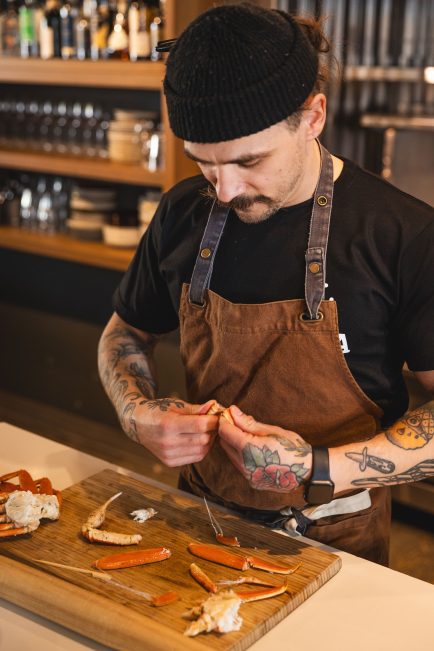
Since COVID, and even more so since the start of the trade war with the United States, there’s been a lot of talk about food autonomy in Quebec. Wouldn’t it be better to sell crab to Quebecers at a lower price, to make it more accessible and reduce the need to export large quantities?
Crab can never be sold at very low prices. It’s a fishery that relies on a primary bait fishery, which considerably increases its production costs.
Our recommendation is to create a price-setting mechanism for the Quebec market, based on production costs. A portion of production would be reserved for our market. This would make the industry less vulnerable to price spikes and drops on world markets.
Crab has long been popular, so what species living in our waters deserves to become the new “sensation” of our Sunday meals?
The sea urchin has great potential! You can even use its shell as a decoration! The mission of Mange ton Saint-Laurent! is to inform the public about scientific and societal issues, as well as promising initiatives related to fisheries and the development of coastal communities in Québec maritime.
We work very hard to stimulate demand for seafood products, while ensuring that supply is structured. I can encourage you to eat sea urchins, but if you can’t find them in the grocery store, it won’t get us anywhere. But we’re seeing an interesting movement right now. We feel that things are happening. And that’s a good sign.
Founded in 2018 by two professor-researchers, the Mange ton Saint-Laurent! collective brings together enthusiasts from a variety of backgrounds and expertise who want Quebecers to discover and appropriate the comestible resources of the St. Lawrence River, Estuary and Gulf.
Thanks to Gabriel Bourgault-Faucher, researcher in fisheries sociology and economics, for his collaboration.
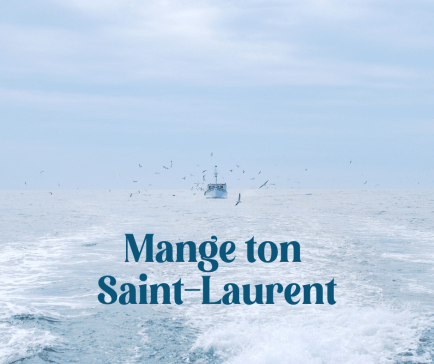
Did you like this article?
You might also be interested in these
@BasSaintLaurent
Include the #BasSaintLaurent hashtag on your posts or tag us when you share your favourite photos and highlights of your trip!


